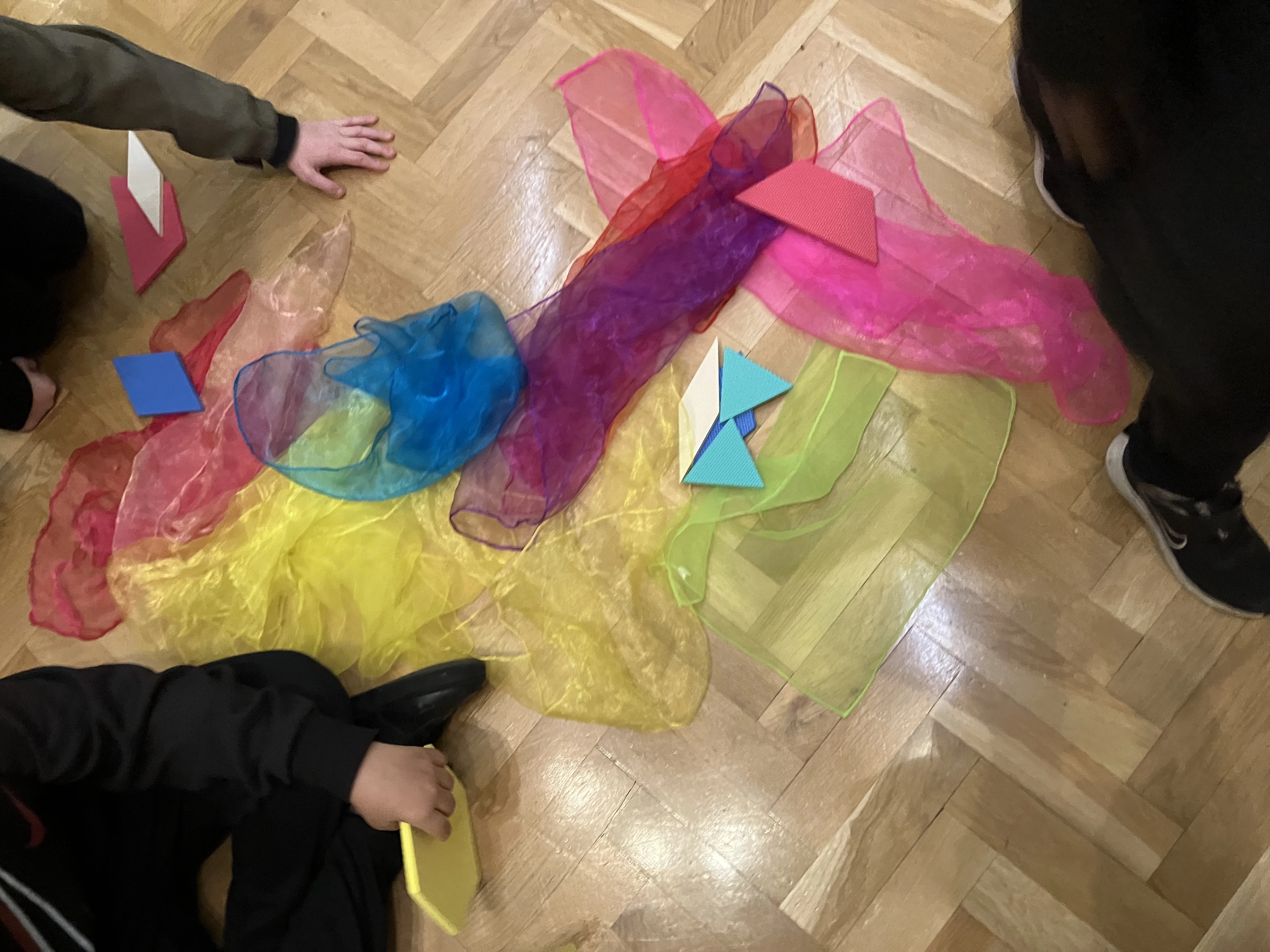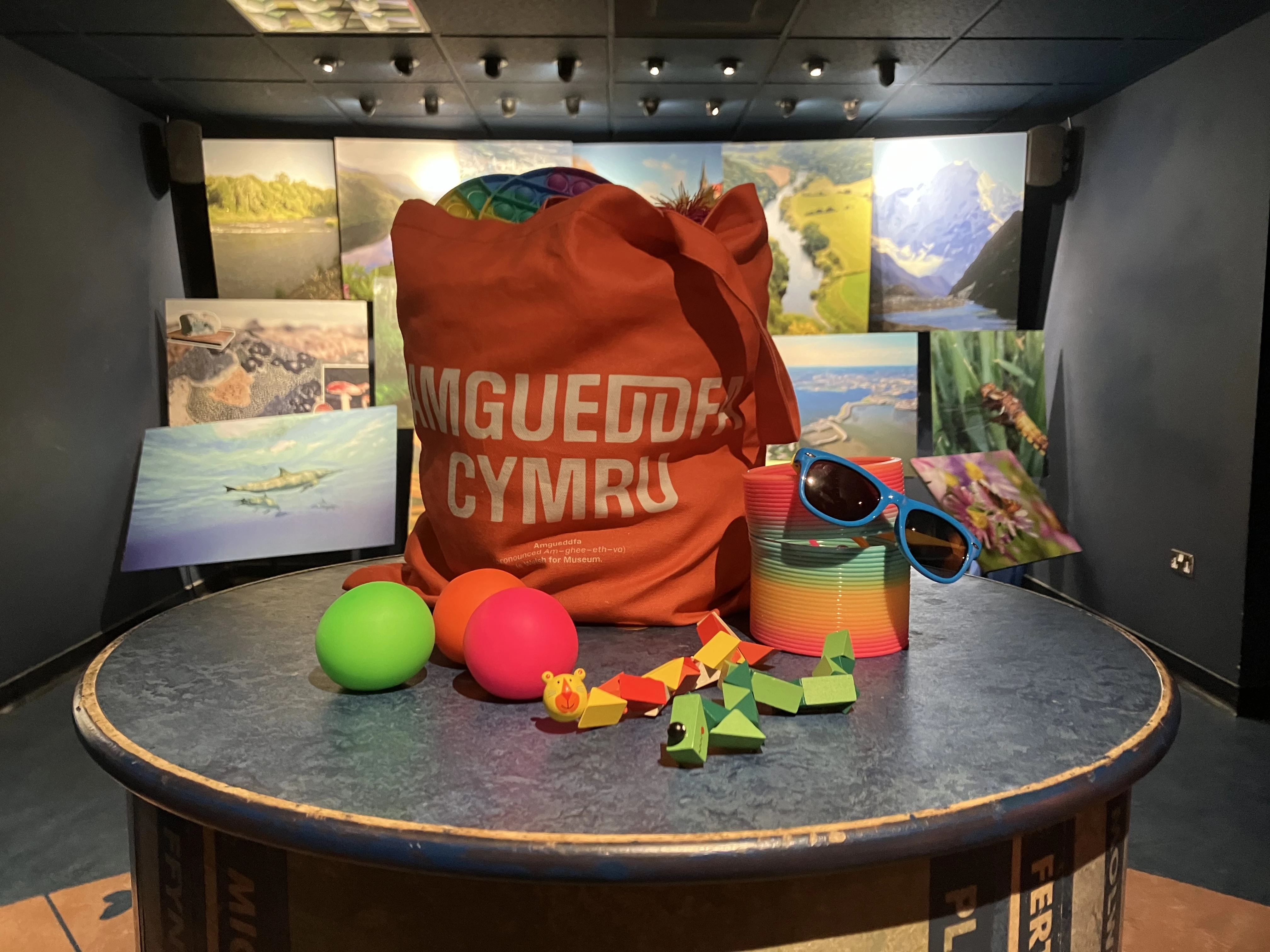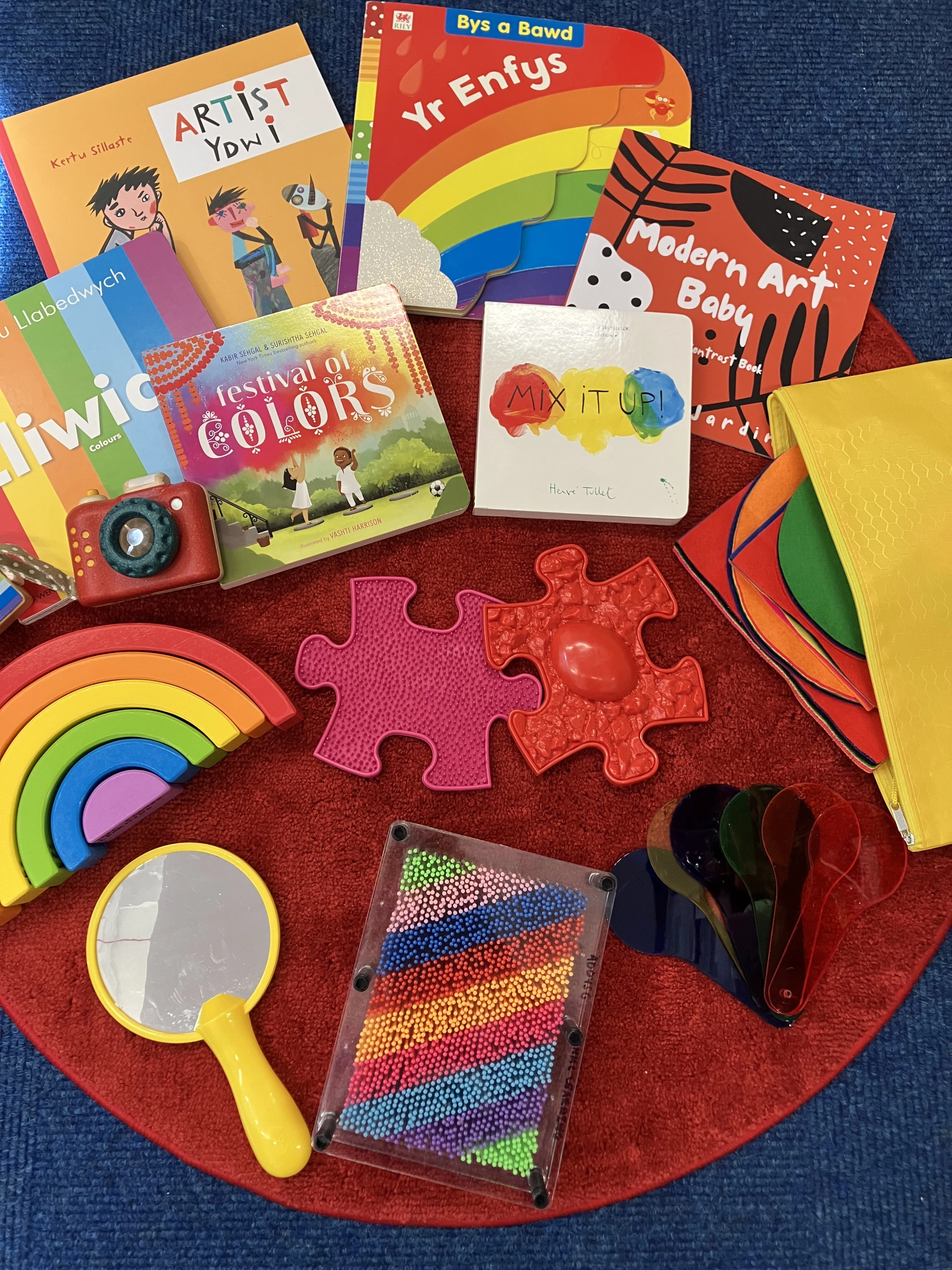Strike Stories: Ross Mather (retired police constable)
, 16 January 2025
In this series of Strike Stories we hear the highs and lows of that life changing year through the eyes of miners, families, police officers and politicians as they recall what life was like in 84–85.
The Strike Stories form part of the Streic 84–85 Strike exhibition which is on display at National Musem Cardiff until April 27 2025.
© Mike Thompson
Ross Mather, retired police constable.
I was the lead escort for the first miner to go back to work in Wales, at Cwm Colliery. So it was me, in the patrol car, a special patrol group in a van and we were escorting the taxi transporting the miner.
That meant an early start. I’d get to work for 1.30am, to sort the patrol car out. It had spot lamps on the roof so we could see the way ahead, lighting up bridges to make sure it was safe to go under them. There had been word of some sort of ambush. I’d check the route every single day – and I’d take different routes so there was no consistency. No-one knew which route I’d choose on any given day, not even my Chief Constable. You just made sure it was as safe as possible. We knew something had been planned but nothing ever happened, until the awful day the second taxi was attacked.
Each day, I’d take them past the picket lines and the police. In truth, in Wales, we just saw a bit of pushing and shoving, as you’d expect. There was no real violence, because of the relationships we had. A lot of the pickets had relatives in the police force. A lot of the police had relatives underground. There was a lot of sympathy on both sides. I lived in Church Village and knew quite a few miners, we’d have a pint together in the pub. I knew they were stealing discarded coal waste from the old tip at Cwm Colliery, down the back lane – but it was never coal anyone was going to sell. It was theft, even though it was an old spoil tip. But I knew that if I had kids, I wouldn’t have let them go cold, either. I’d turn a blind eye. We all knew that there’d be a day when things would all go back to normal – and we’d all have to live together, back in our communities. We needed to live and let live, to an extent. But there’s still resentment in a lot of those valleys.
It was interesting how this sense of community played out. For much of the strike, the strikers on our patch were all out – so there was literally nothing to police, it was all quiet. At those times we were called across the border to help out in other locations – there’s a Mutual Aid arrangement in England and Wales where officers can be called in to help colleagues in other forces, where needed. So we’d find ourselves in Nottinghamshire, Derbyshire, Yorkshire... often we’d be despatched to a junction on the M1 to turn back cars, cans coaches that seemed to be carrying miners. We’d patrol back roads applying local knowledge, too. It was mostly respectful on both sides. There were a lot of rumours flying about in those days about army personnel dressed up as police, phone tapping, all sorts. None of them were true.
When we worked at certain mines, the miners welcomed the South Wales force. It was different from other parts of the country. So many of us sympathised because of the communities we lived in, ourselves. We understood what they were standing up for, their livelihoods and communities. You won’t find ex-pickets who claim that the police don’t understand – we did. We do.
Everyone likes to think of it as ‘police in riot gear’ but it wasn’t like that. Orgreave was, but that was orchestrated by Scargill and Thatcher as a one-off. It never happened in South Wales. Mostly it was good natured, a bit of jostling, but very little violence. In South Yorkshire they used to be pleased to see us. We’d swap our three feathers badges for an NUM one, pass on the odd sandwich from our lunch bags. They liked us because we understood.
When the rumours of taxi attacks started circulating, the general feeling everywhere, miners and communities and police alike, was one of: don’t be so bloody stupid, that just doesn’t need to happen. Then it did, on the Heads of the Valleys Road. We couldn’t believe it.


